How To Add Salt To Water Softener The Right Way
When it comes to water, that too drinking water, who doesn’t want to have the clean one? Nowadays we can see new technologies and water purification systems come up to give us clean, healthy, and easy-to-digest drinking water.
During the old days, people used to trust their drinking water, whether it was well water or borewell water.
But now, as more and more people are becoming aware of their safety in terms of water consumption, they are starting to adopt water purification systems in their households.
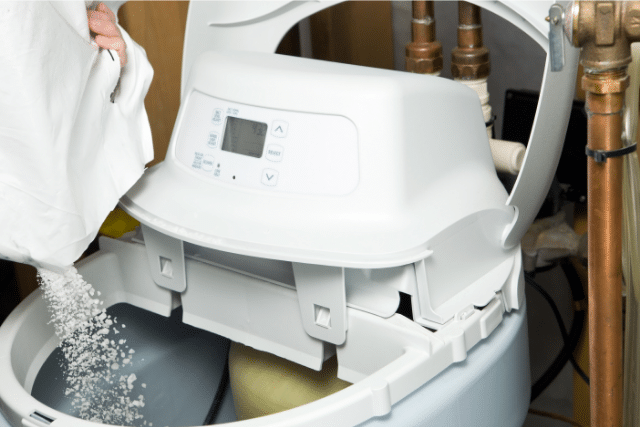
Water Purification Methods
These purification methods depend on various things like removing dirt, removing iron, softening the water, etc. Different types of water purification methods depend on various water issues.
Now, when we talk about water purification systems or water filtration systems there are so many forms and types that come with it. For example, water purification, filtration, distillation, sedimentation, etc.
In terms of filtration there comes even more different options like sediment filtration, reverse osmosis filtration (RO), Ultraviolet disinfection, etc.
With new modern technologies, the list of these water purification and filtration methods will go on.
Hard water is also one of the issues that many people don’t focus on.
The most practical solution to treat this hard water is a mechanical water softener connected to the main water line to remove minerals that cause hardness.
And this work can be done by one device that is a water softener.
A water softener is nothing but one of these technologies that help to make the drinking water less heavy and more digestible to drink.
But when should you know that you need a water softener in your house? Well, there are some things that you can observe to consider the need for a water softener.
The first thing to observe is if there is any clogging in plumbing pipes, then check if you can see any stain on things, you can even check its effects on your skin, for example, dry skin and hair.
What is a Water Softener?
Our normal hard water contains minerals like calcium, magnesium, iron, and manganese.
Dissolved particles of these minerals make the water hard causing several health problems like digestion. It can also cause problems in cleaning and cooking.
The more minerals the water contains, the harder the water is.
These water softeners basically operate on the principle of passing hard water through resins that have the ability to remove the calcium and magnesium ions that harden the water.
As this water passes through the bed of tiny granules, calcium and magnesium ions from water get exchanged for sodium ions.

How Much Salt Do You Put in a Water Softener?
It is important that your tank is filled with salt in at least one quarter.
Do not fully fill up the tank and leave space of at least four to six inches.
It is important to have space before the tank is completely full and the level of the salt a few inches above the water.
Generally, for a family of four, 10lbs of salt is enough to put in a brine tank each week. If you want to add the salt on a monthly basis, then 40lbs of the salt bag will be enough for each month.
You can use these measurements to pour the salt accordingly.
One more thing to remember before adding the salt is to loosen encrusted salt that is stuck to the sides of the tank.
If you still find yourself confused about the quantity of salt to put in the softener then you can give it a try at new technologies. These technologies can help you with specific salt indicators.
When to add salt to a water softener?
When the mineral level of your water increases, it makes the water hard.
Adding salt to the water depends completely on this process and will affect how much salt you go through.
Hard water needs a large number of resin beds and when you need more resin beds, you will also have to use more salt.
Also, if you have the tank larger enough then you will not need to fill it with water often.
Usually, a large brine tank can give the water for three to four days. The less you will need to fill it with water, the fewer times you will need to add salt to it.
In the end, before adding any amount of salt. It is always preferable to examine your brine tank and check the salt level every month.
Many even consider checking the tank daily to make sure everything is working the way it should.
How Often Do You Add Salt to Water Softener?
Before adding the salt, always examine the previous salt level in the brine tank.
Also, please consider how old your water softener is as it might have a big impact on salt usage.
Now, open the tank and check if you see any kind of dryness to the salt or if the tank is less than half full. If yes, then it is necessary to refill it again.
One more thing here to observe is if the water level is above the salt and if the salt is looking too wet. If yes, then consider it the right time to fill the tank until it is half full.
If you still find yourself confused about the quantity of salt or how often to put in the softener then you can give a try to new technologies. These technologies can help you with specific salt indicators
Why Add Salt to Water Softener
After knowing how hard water can be removed, it is important to know the reasons behind it. To start to understand why one should add salt to the water softener, you can start with some basic understanding of how salt works.
Basically, salt is a chemical compound mainly known as sodium chloride that contains sodium.
Even though salt is a chemical compound, sodium is an element that you can easily notice in your food like bread and cheese.
One of the important reasons for adding salt in water is because the hard minerals in the hard water simply cannot be removed properly or completely without additional sodium.
Once the hard water is converted into softened water, sodium will make it taste different.
So, if you have any issues with low sodium, it is important to check with your physician about the increased sodium you will absorb through drinking and cooking.
How They remove minerals
Now, as dissolved minerals like calcium and magnesium cause the hardness of water, it is important to remove these minerals. And to remove these minerals, it is important that the water is going through an ion exchange process.
After adding the salt to the water, softener salt starts to work once the resins get filled up with hard minerals.
This soft water helps in many ways, for example, for housework, to remove stains from various objects like the sink, for grooming, to cleanse the hair & easy shaving, for regular household equipment protection, to protect water heaters, water pipes, etc., for laundry, to reduce the amount of cleaning agent.
But even though sodium plays a huge role in terms of softening the water, it does not do any work to solve any hard water issues that calcium and magnesium cause.
This is because how much sodium softens the hard water totally depends on how hard the water is.
The frequency of regeneration also depends on the hardness of the water, the amount of water used, the size of the unit, and the capacity of the resins to remove hardness.
How to Add Salt to Water Softener
No matter if you are using water softeners for cooking, for drinking water, or simply for showering, it is important to remember that it is working constantly to remove the unwanted minerals from your water.
And even though your water softener is a machine and can work tirelessly, it still needs a little maintenance or care to continue to process and give soft water.
That is why it needs additional salt, regularly into its brine tank. When you buy a water softener. You also get additional bags of salt that need to be added often.
- First, make sure your brine tank is often full of salt. At least ⅓ of the tanks should be full.
- Make sure to check the hardness of the water.
- How much water do you use on a daily basis?
- Last and one of the most important factors is checking the size of your brine tank as you will have to decide the amount of salt according to that.
There are still some things that need to be considered while adding salt into the tank.
- Adding the salt into the tank is as easy as it sounds. You just have to lift the lid of the tank, before adding salt do check the salt level and consider the ⅓ method, start adding salt.
- Before doing this whole process, it is important to consider that if you are checking the tank regularly. Once you know how much water you consume on a daily basis, you will get in the habit of checking the tank and a simple idea of the needed salt level.
- Once you know how to do the salt addition process, it’s important to observe if your water softener is also doing its work properly. The best way to check this is to use a water care salt monitor. This device can tell you how concentrated the brine solution is. And this process will be done by just connecting this device to a port that will be inside the water softener.
- Using this device, you can check your water softener’s activity related to the salt level. For example, if there is enough salt inside. If not, it will simply show some kind of visual display and make a sound to give you an alarm.
Conclusion
In today’s world where there are already enough health problems, we should make sure to handle the ones that are in our hands.
It becomes even more sensitive when the health issues are related to our daily water.
Even if you don’t see an instant effect, it might cause problems in the long run.
That is why, even if problems are related to water contamination or just related to water hardness, it is important that you are paying attention and adopting a proper water filtration system in your house.
Softening water not only helps to have safe drinking water but also in terms of other activities too.
For example, softening water makes shampooing easier and reduces skin irritation. It keeps your clothes and their fabric safe and also increases the service life of your water supply systems.

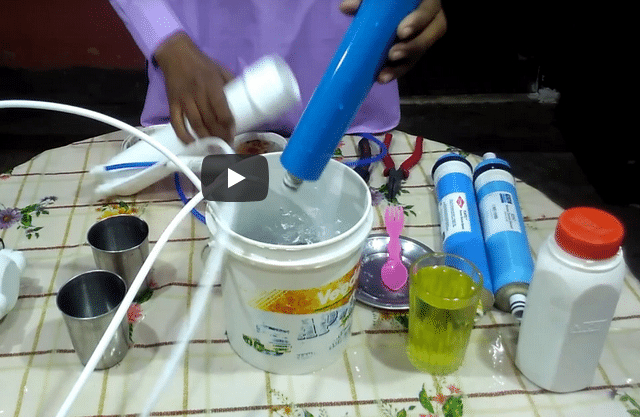
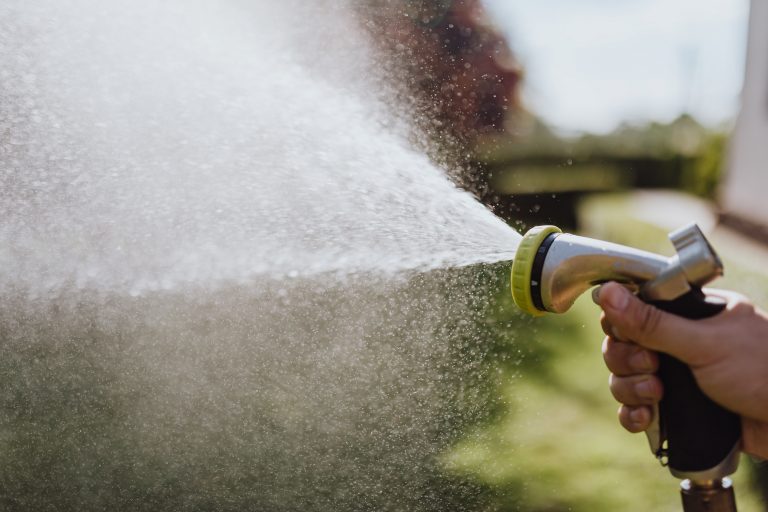

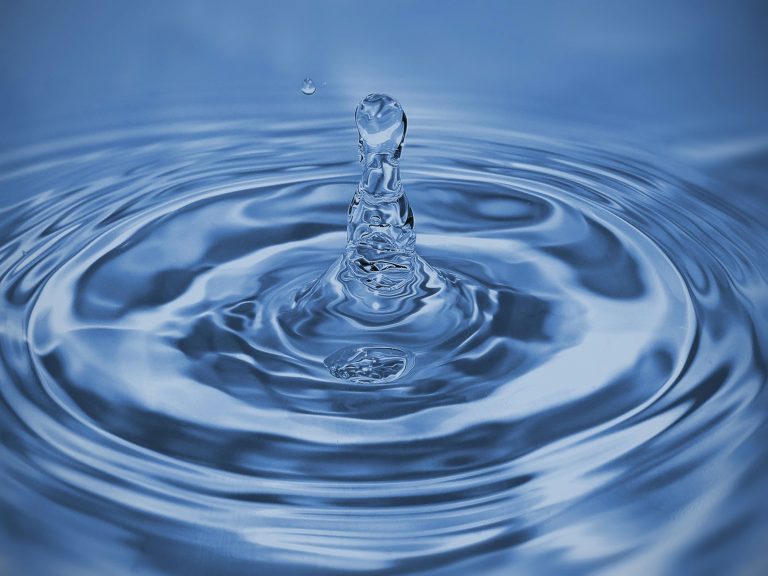
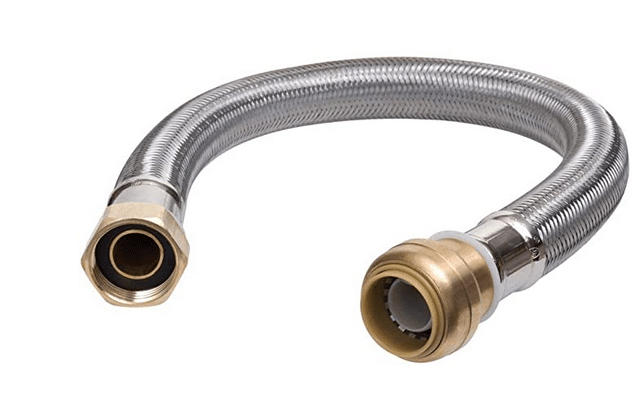

One Comment